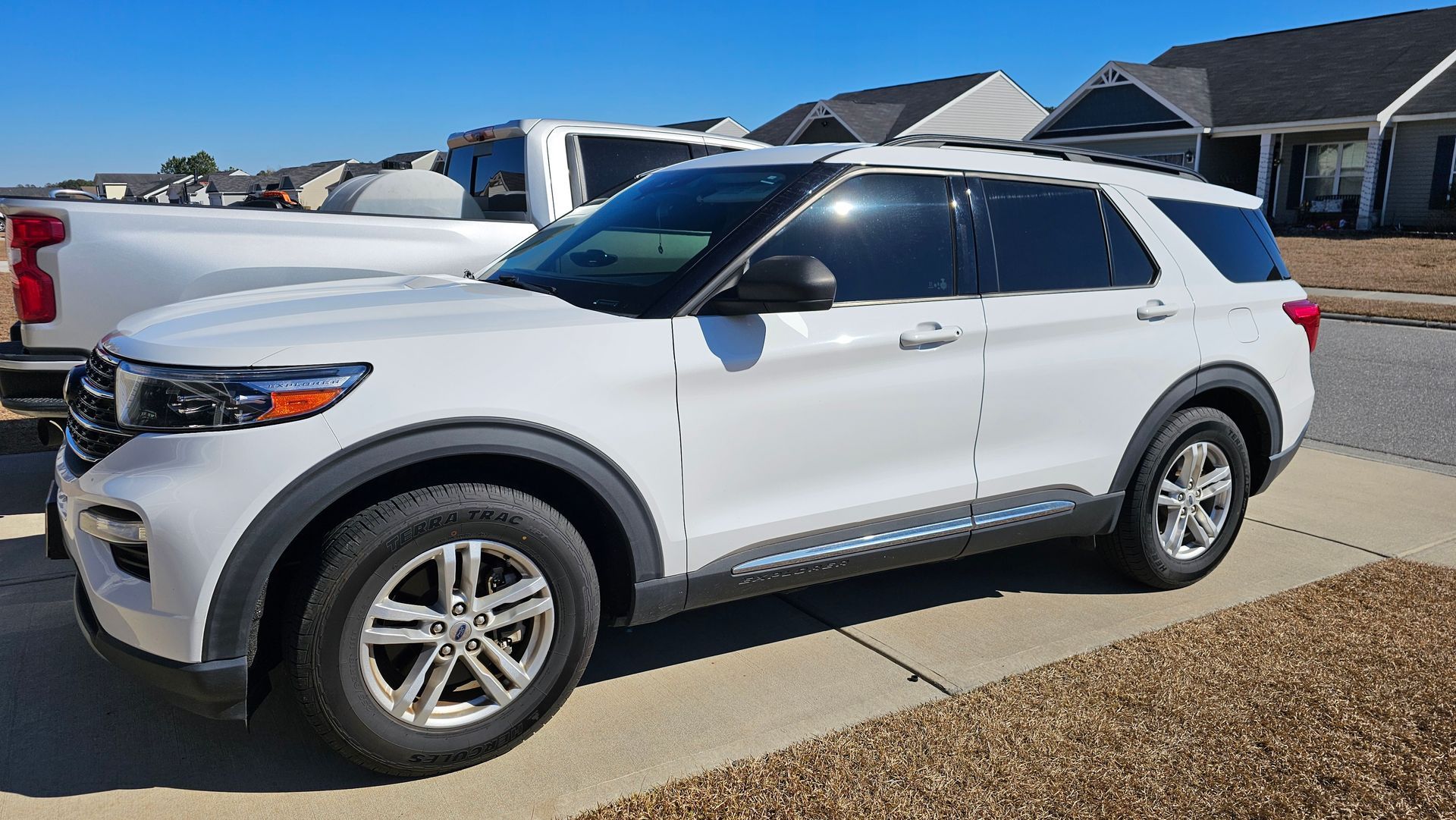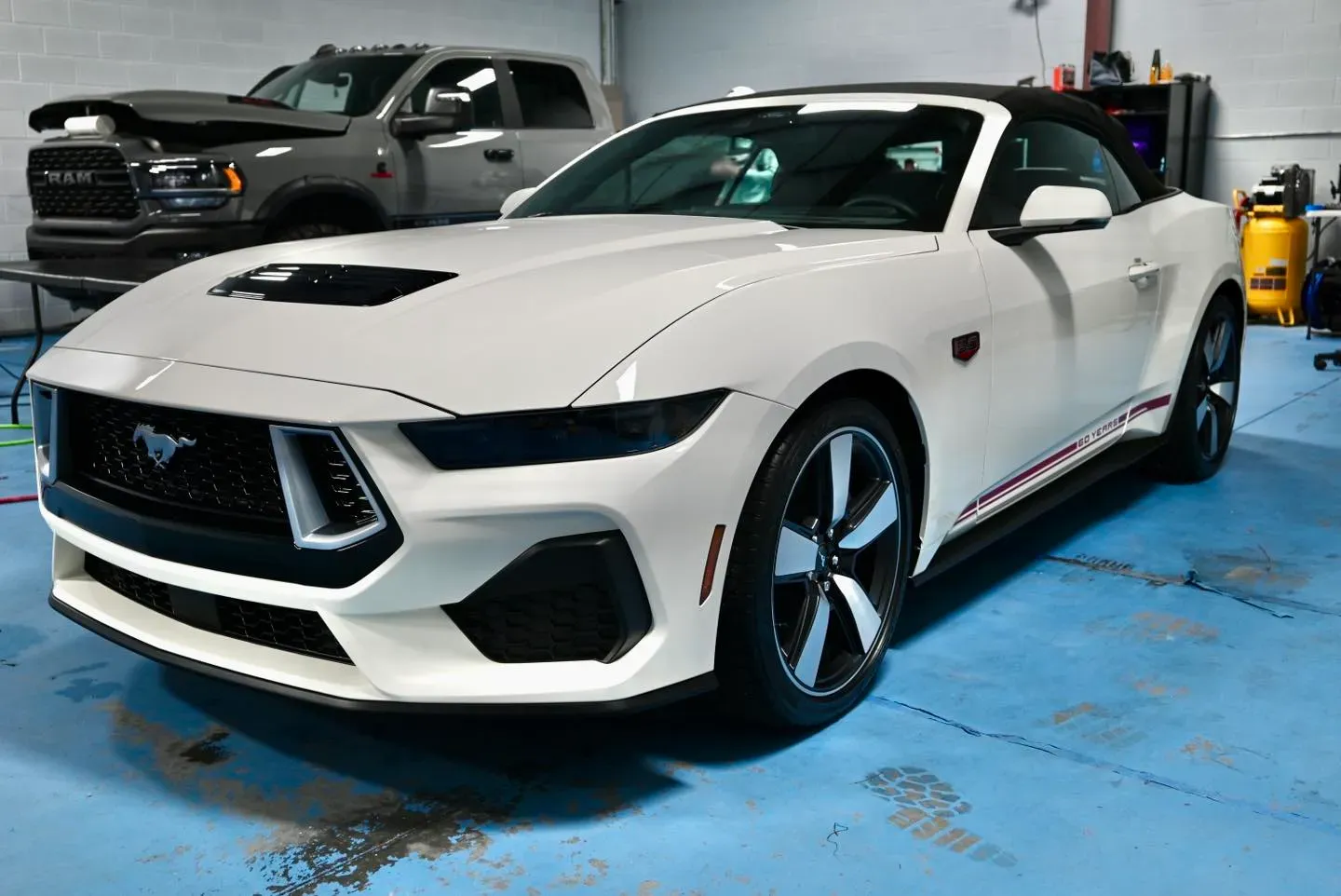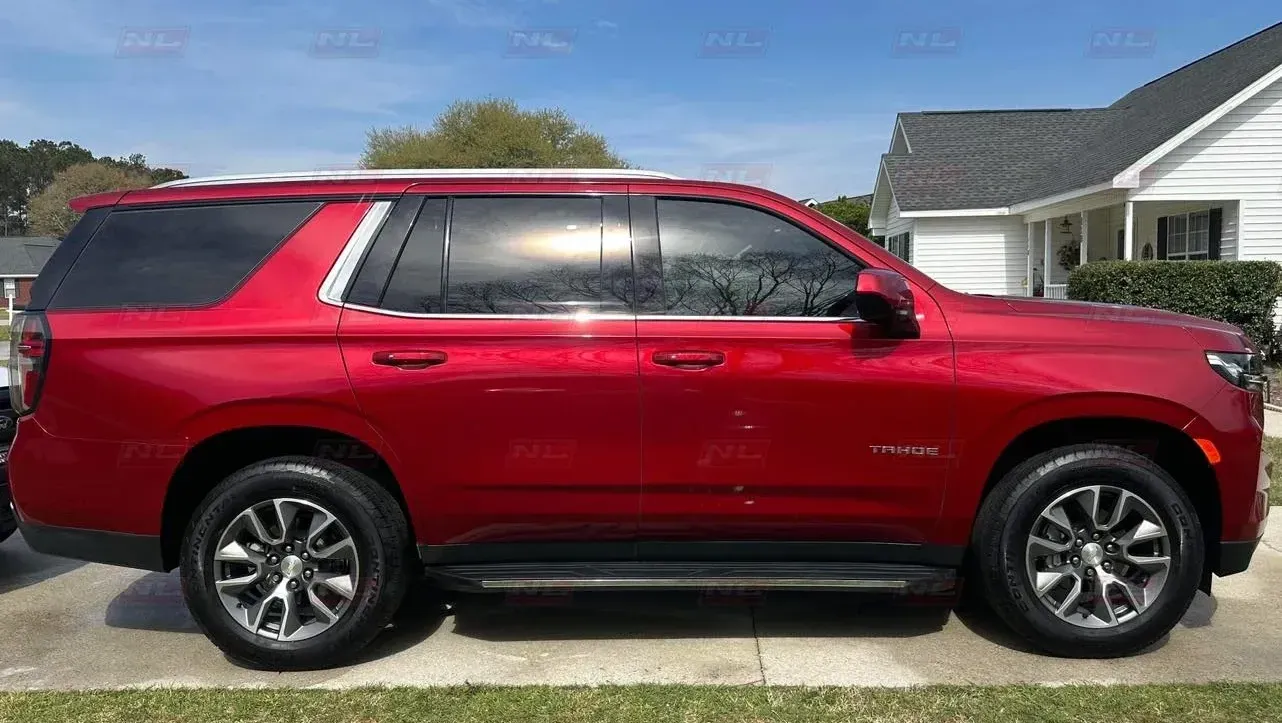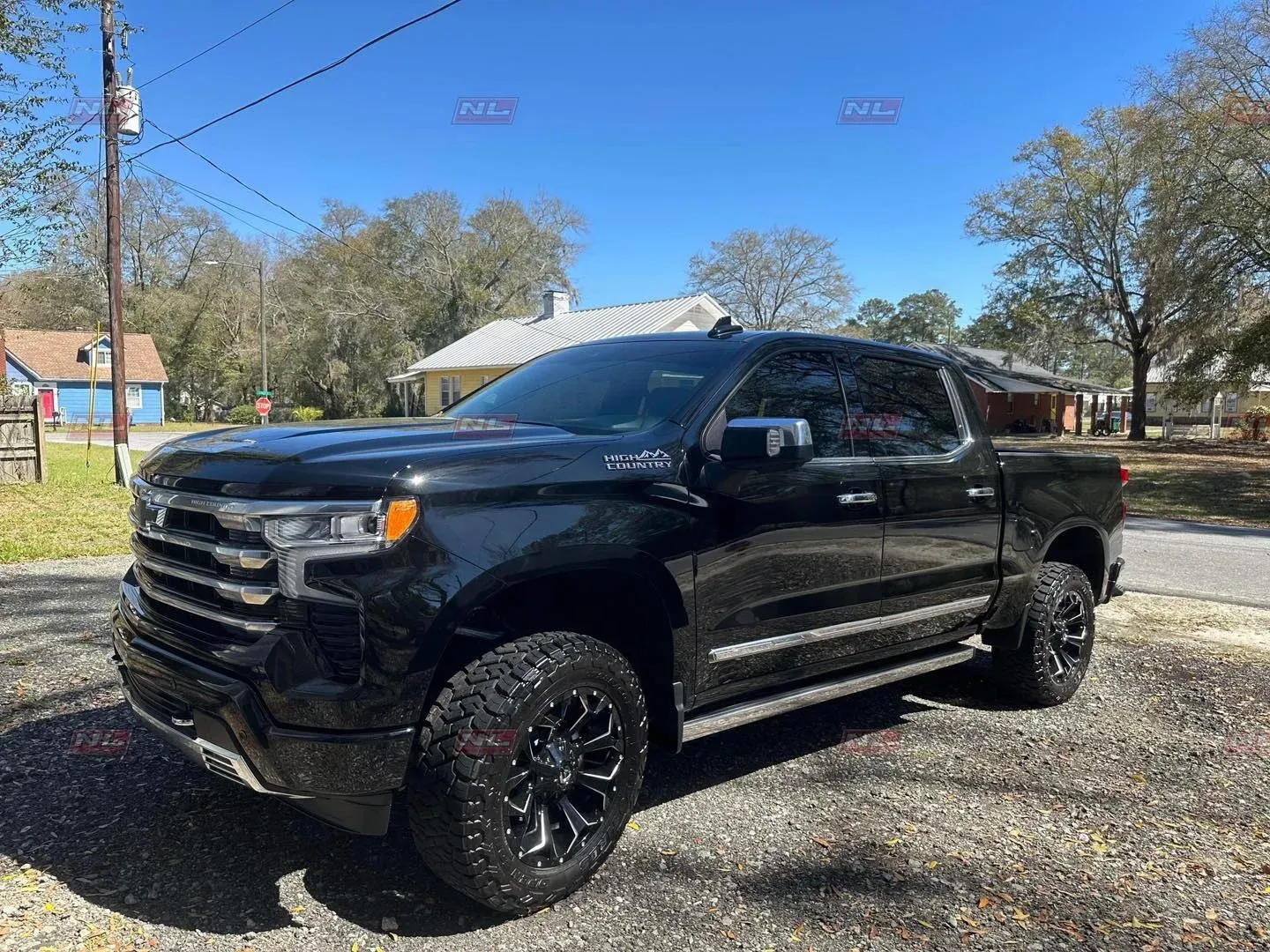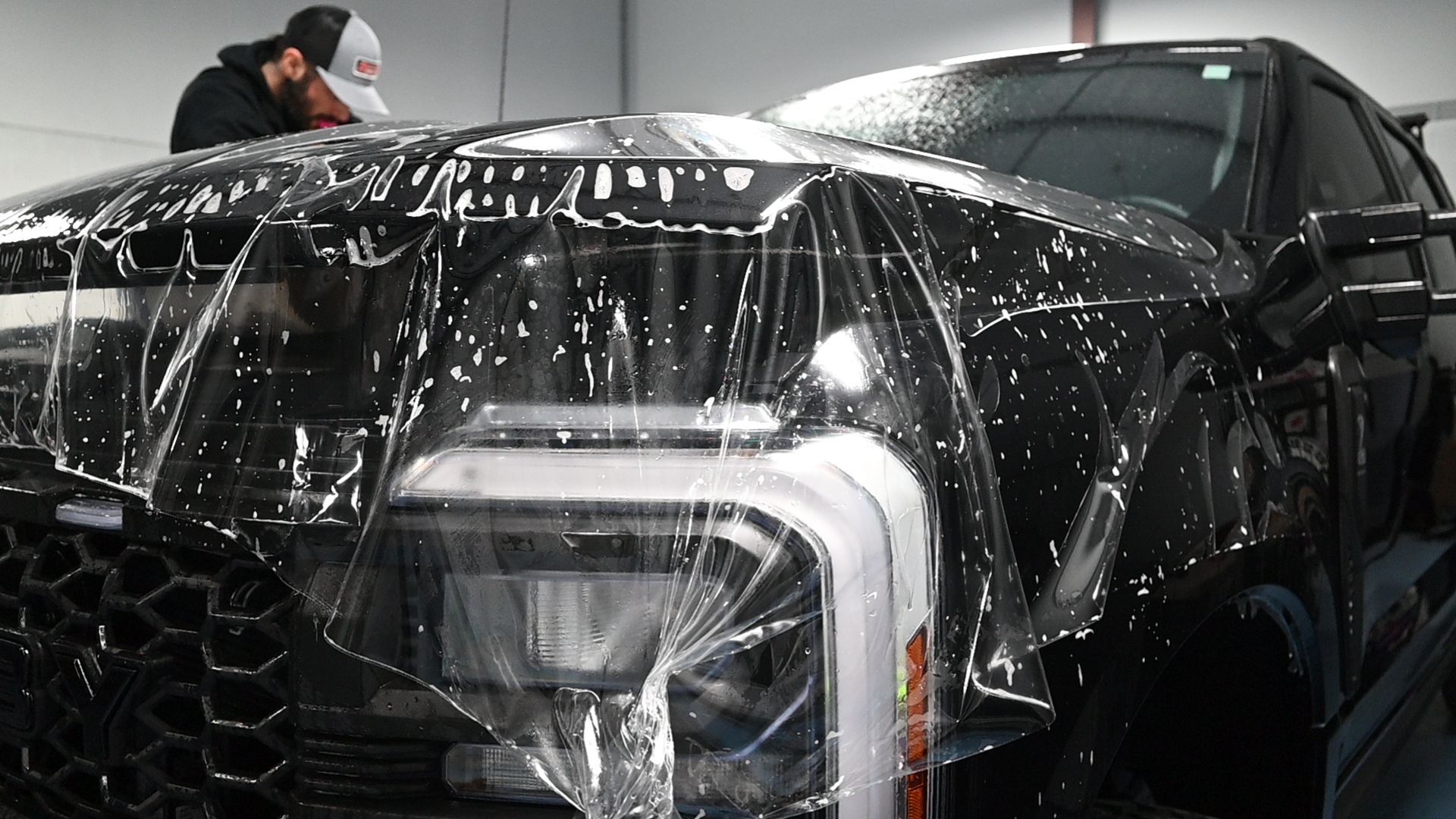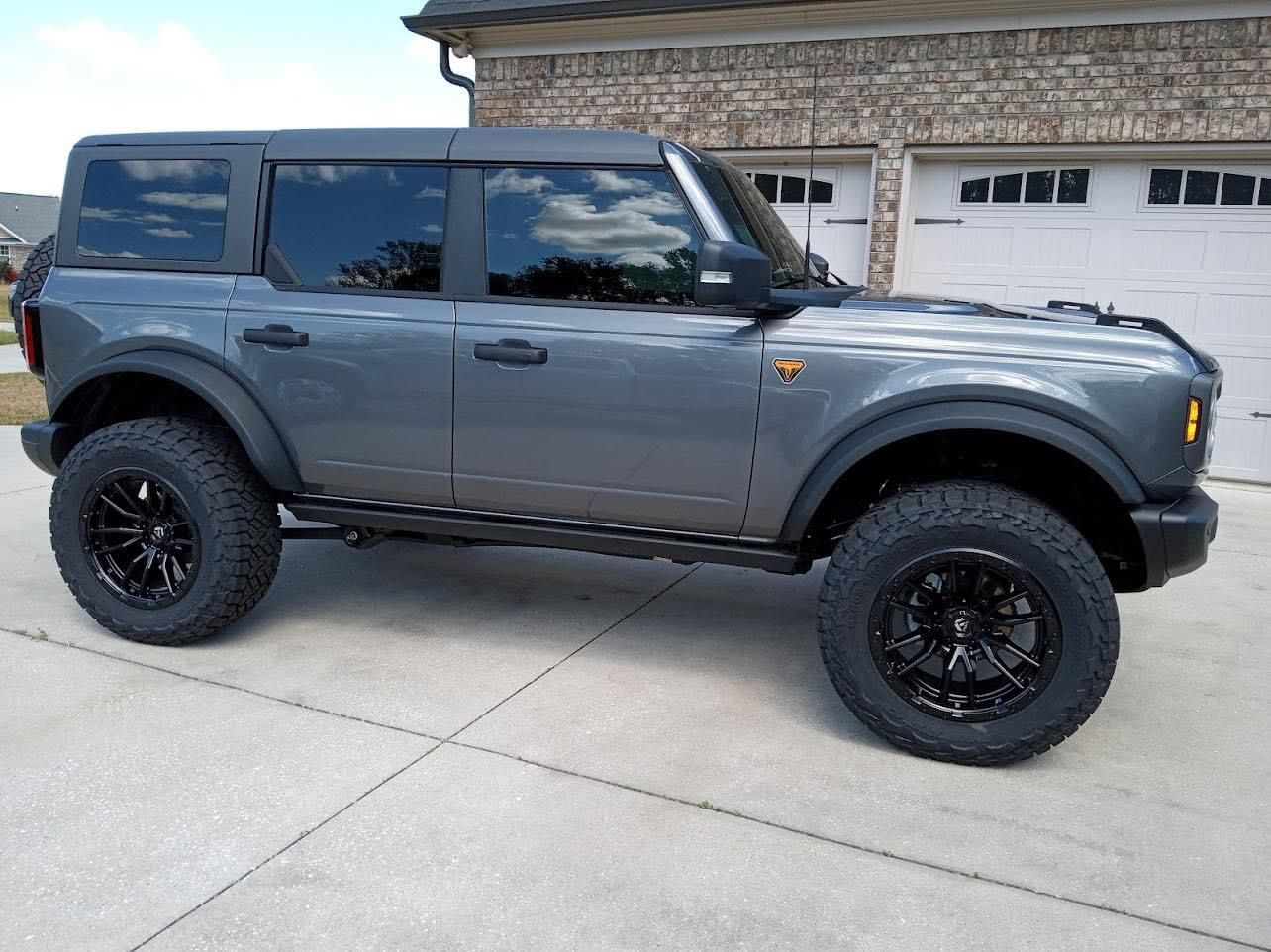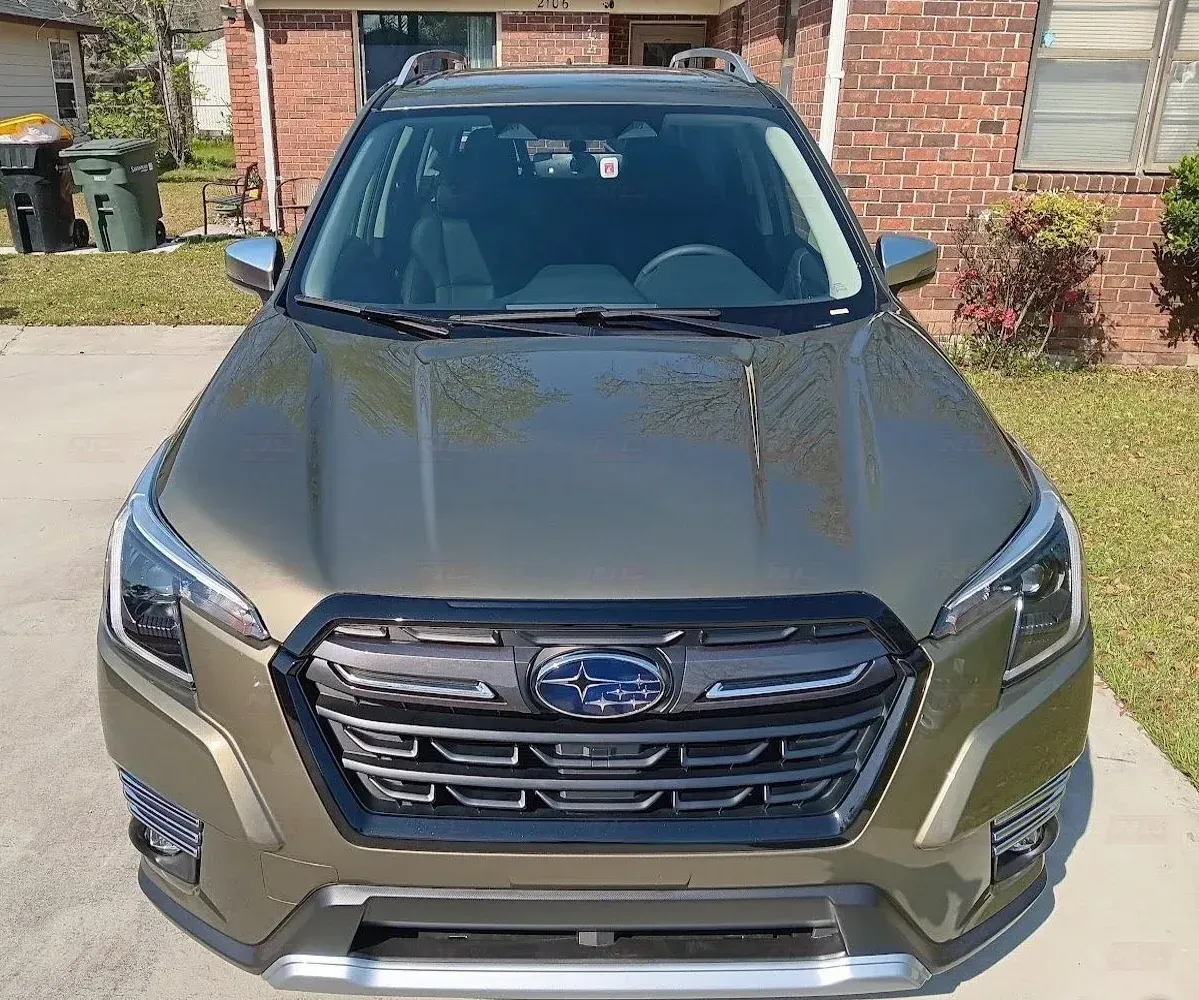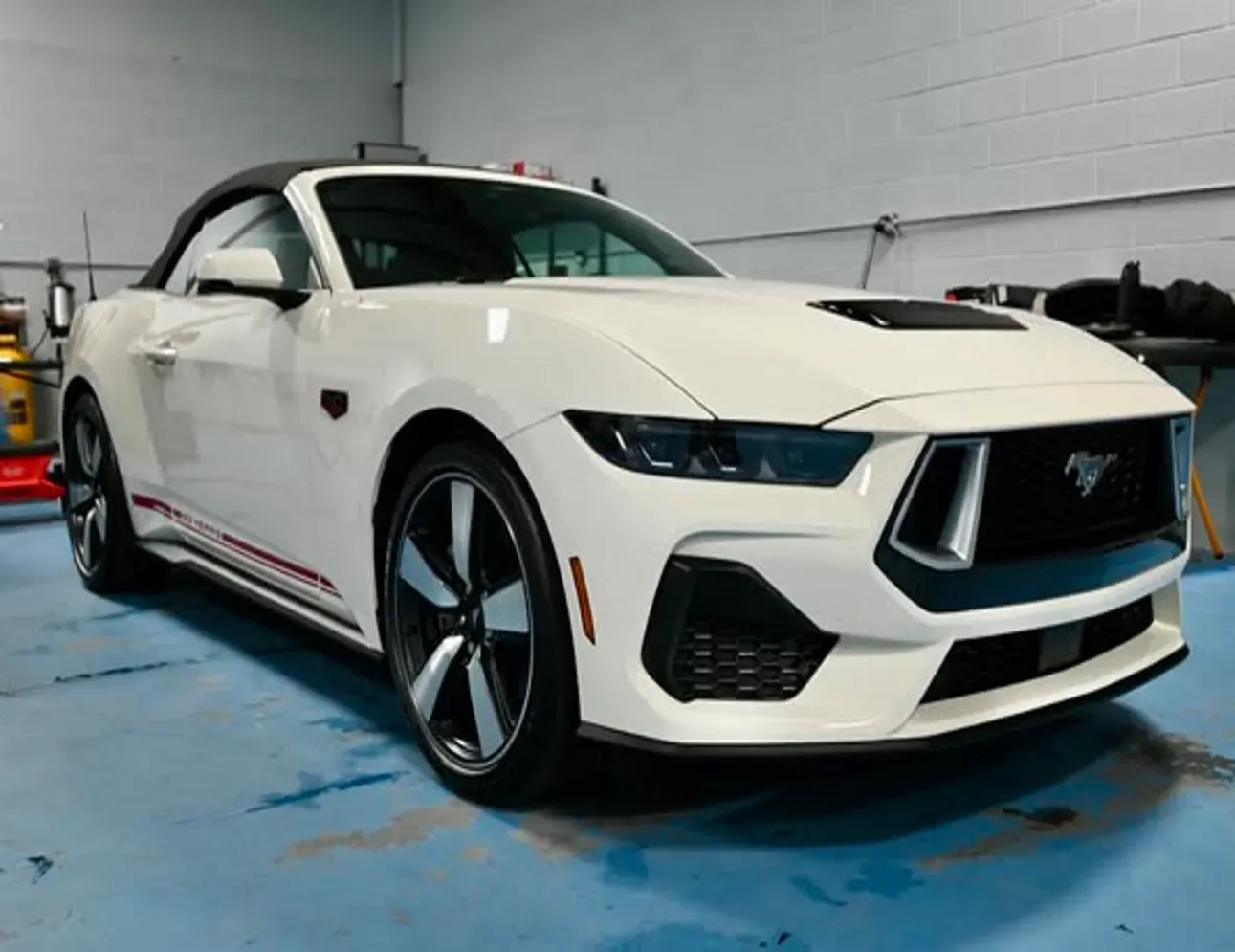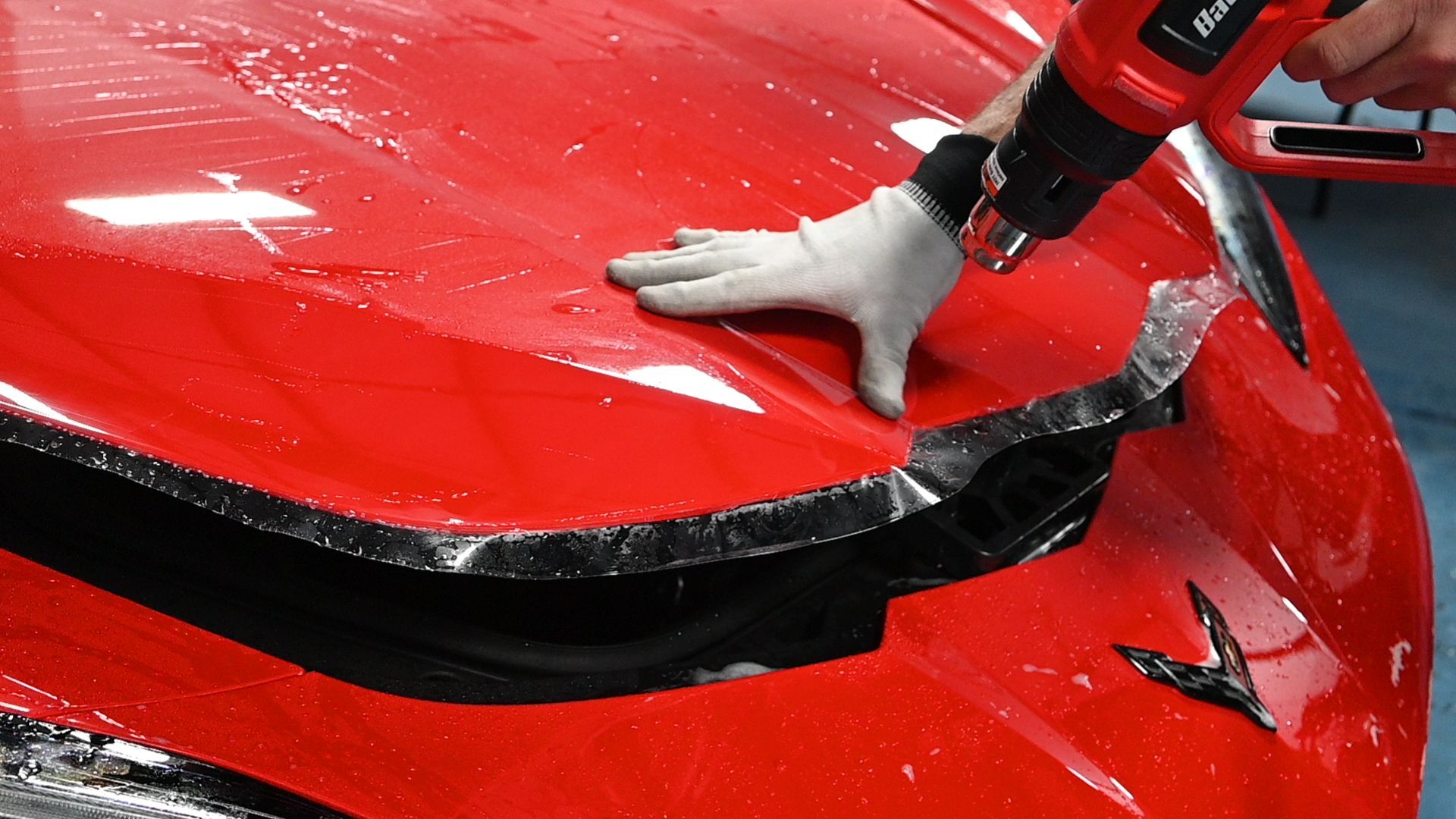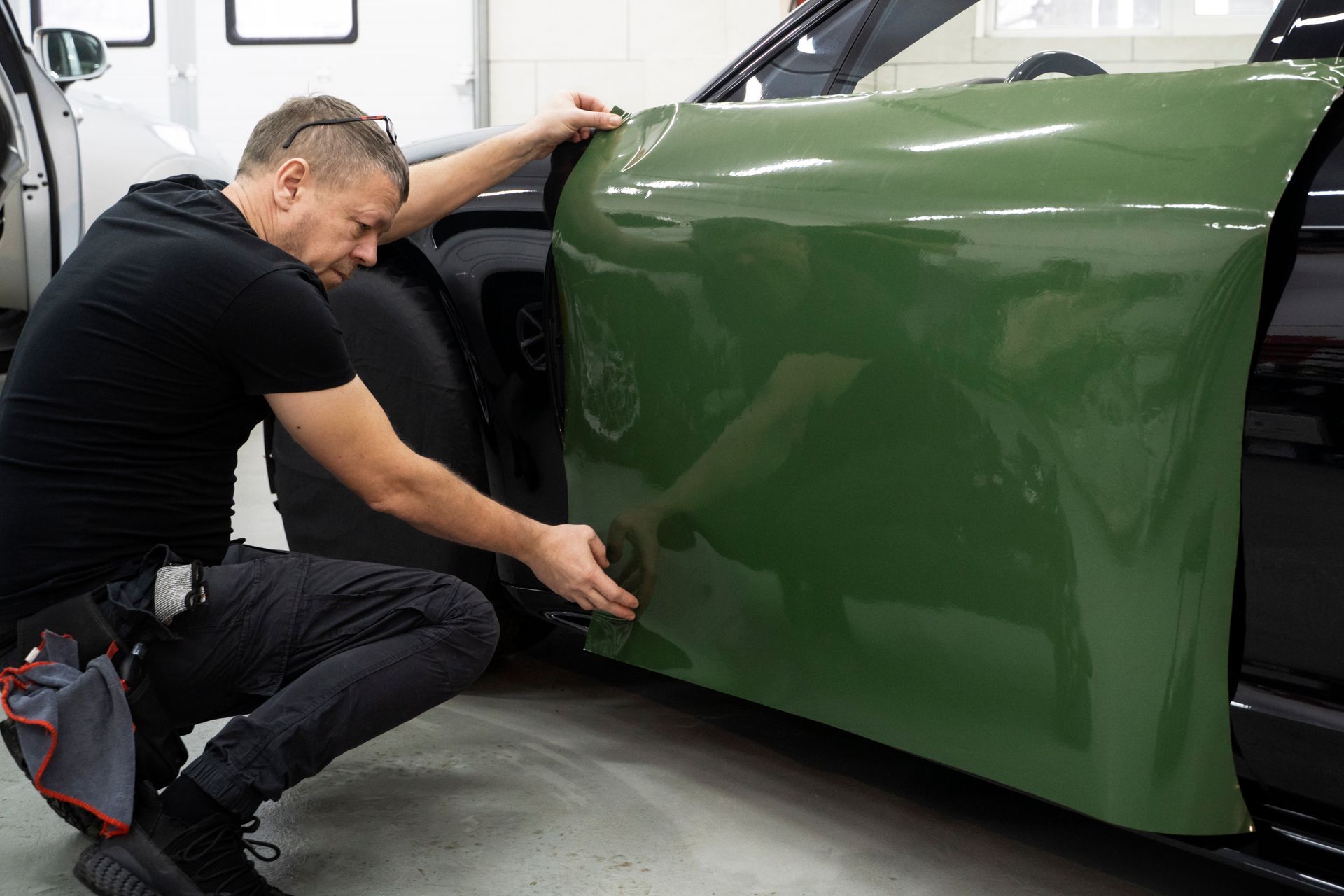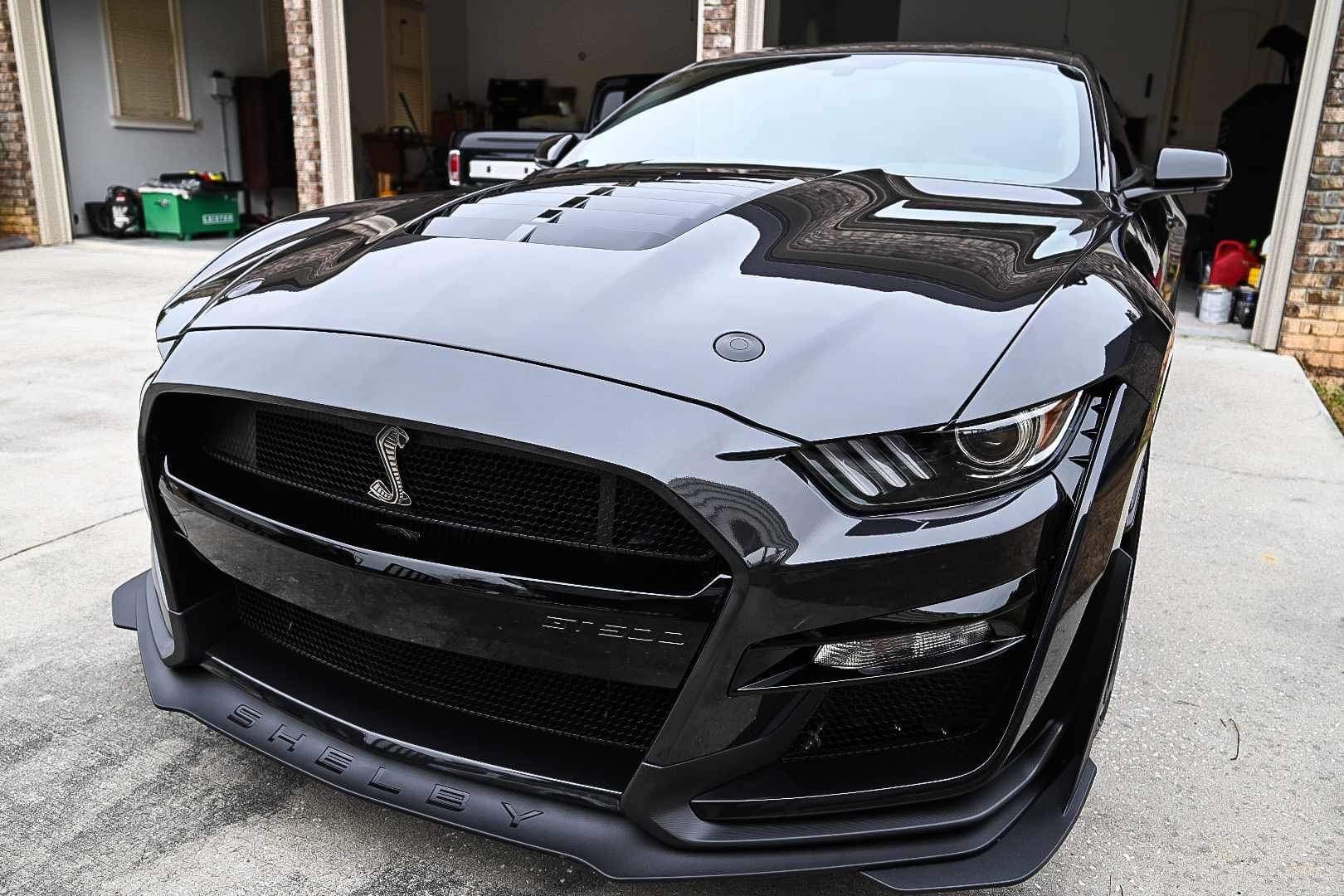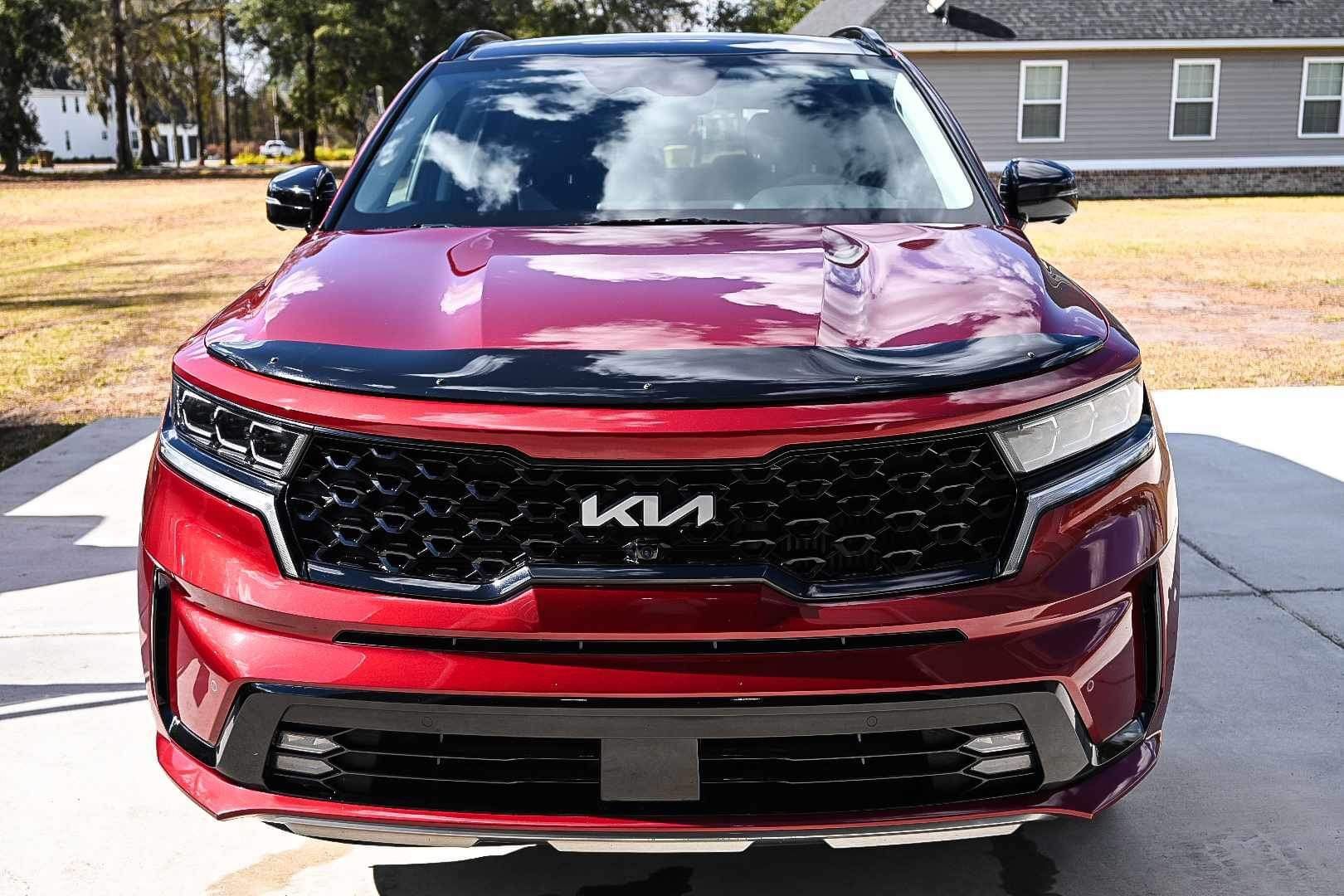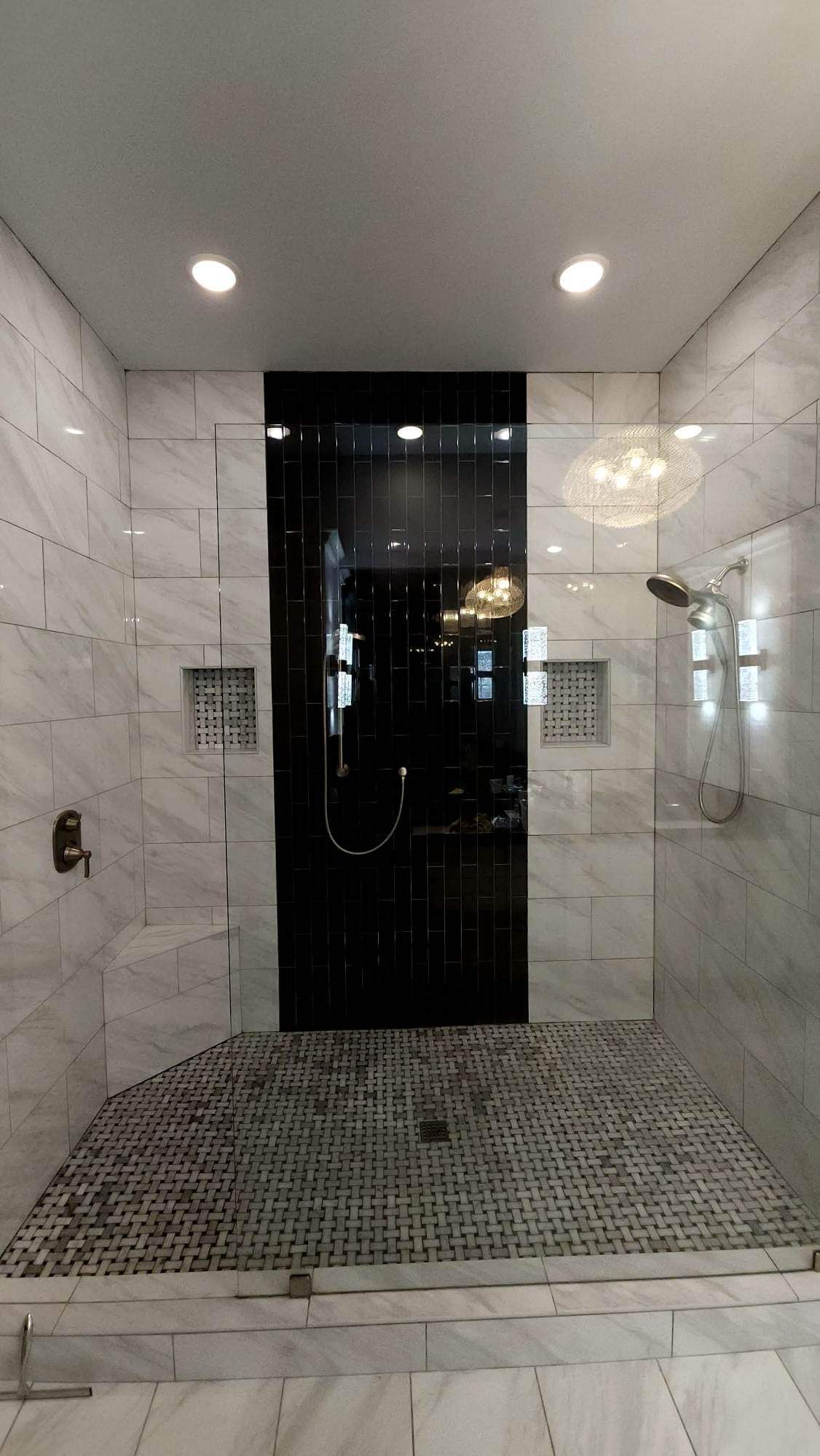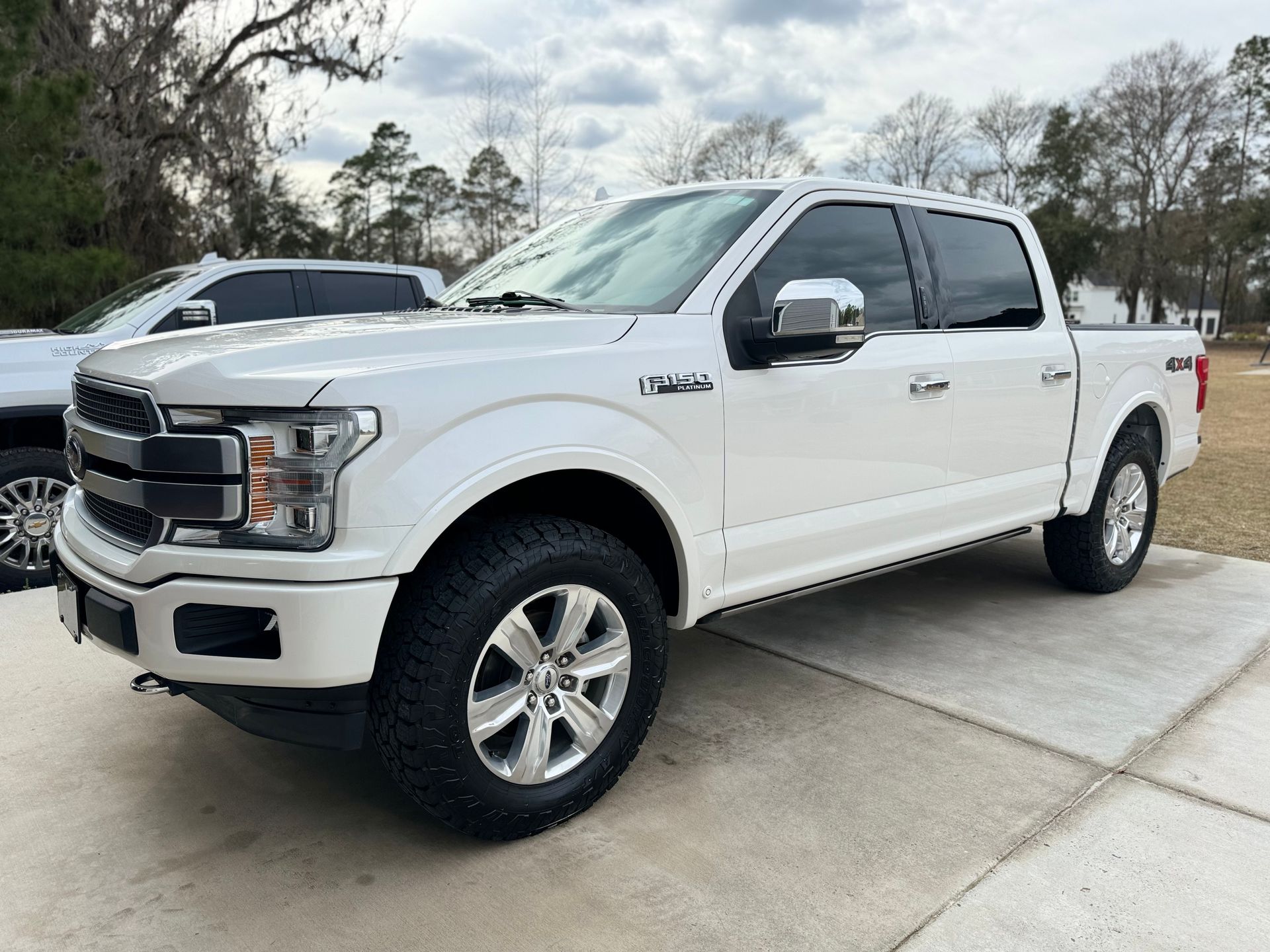The Best Time to Apply Ceramic Coating to Your Car for Maximum Protection
GET A FREE ESTIMATECALL (912) 656-6947
The best time to apply ceramic coating to your car is during a dry, cool day with moderate humidity. Aim for temperatures between 50°F and 80°F (10°C - 27°C) and avoid direct sunlight or rain during the application process for optimal results. In this blog post, we will learn about the best time to apply ceramic coating to your car for maximum protection!
The Best Time to Apply Ceramic Coating
When you're considering applying a ceramic coating to your car, timing is crucial. Drier, milder weather conditions provide the best environment for applying and curing ceramic coatings. This typically makes spring and fall the optimal seasons for this process. Here's why:
Why Spring and Fall are Ideal
During spring and fall, the temperatures are not too extreme. Applying ceramic coating in very hot or cold weather can cause issues with proper bonding and curing. In extremely cold weather, the coating may not bond well to the surface, while in very hot weather, the coating may cure too quickly, preventing it from properly adhering to the car's surface.
In addition, humidity levels play a significant role. High humidity can affect the bonding process of the ceramic coating, potentially leading to improper curing and reduced effectiveness. During spring and fall, humidity levels tend to be more moderate, providing better conditions for proper application and curing.
Another reason why spring and fall are ideal is that they offer a good balance of daylight and comfortable working temperatures. This is important because applying ceramic coating often requires a day's worth of time for proper application, drying, and curing. Longer daylight hours during spring and fall provide ample time for each stage of the coating process without rushing.
During the summer, when days are longer but hotter, it might be tempting to apply ceramic coating. However, it's important to consider how the heat can affect the process. The excessive warmth can lead to rapid evaporation of solvents in the coating, affecting its application and causing uneven drying.
Check Local Climate
It's essential to check the local climate and forecast before planning your ceramic coating application. While spring and fall are generally suitable for this process due to moderate temperatures and lower humidity levels, specific regional climates may have variations that could impact these guidelines.
Remember that properly timing the application of a ceramic coating ensures that you get the most out of its protective properties. Taking advantage of ideal conditions during spring and fall will help you achieve optimal results that maximize your car's protection against environmental elements.

IDEAL TEMPERATURE AND HUMIDITY FOR APPLICATION
When applying a ceramic coating to your car, striking the right balance in temperature and humidity levels is crucial to ensuring a flawless finish. The ideal range of temperature for applying ceramic coating is between 50°F and 80°F (10°C to 27°C), with humidity levels below 60%.
Let's break this down further. Why does the temperature matter so much? Well, when it's too hot outside, the coating may dry too quickly, resulting in streaking or uneven application. On the other hand, if it's too cold, the curing process can be compromised, leading to longer drying times and potential adhesion issues. This means that a moderate temperature ensures that the coating cures properly, achieving maximum protection for your vehicle.
UNDERSTANDING HUMIDITY LEVELS
Maintaining humidity levels below 60% is equally important. High humidity can introduce moisture into the mix, interfering with the bonding process of the ceramic coating and potentially leading to irregularities in its application. Conversely, low humidity levels can expedite the drying process, causing the coating to cure prematurely.
To put things simply, both temperature and humidity impact how well the ceramic coating adheres to your car's surface. So, it's not just about scheduled timing; it's about creating an environment that allows for an even and durable application.
FACTORS TO AVOID DURING THE COATING PROCESS
Before giving your car a protective ceramic coating, it’s crucial to prepare the surface properly. The durability and effectiveness of the coating greatly depend on adequate preparation. After thoroughly preparing your car, it's time to apply the ceramic coating. However, there are environmental factors to consider to ensure that the coating process goes smoothly and delivers the best results. These are-
RAIN OR HIGH HUMIDITY
Rainy or highly humid days are not ideal for applying ceramic coating. The moisture in the air can interfere with the curing process, leading to water spots and an uneven finish on your vehicle. It's like trying to paint a picture while it's drizzling outside; the paint won't dry evenly, resulting in streaks. Extensive exposure to humidity during the curing stage can lead to a hazy or cloudy result, which is certainly not what you're looking for after putting in all that effort.
To ensure optimal conditions for the coating product to set and bond effectively with your car's surface, it's important to check the weather forecast beforehand and choose a dry day with low humidity for applying the ceramic coating.
DIRECT SUNLIGHT
Direct sunlight can also pose challenges during the ceramic coating process. If you apply the coating in direct sunlight, it can dry too quickly, causing streaks and uneven application. Just like when you're trying to sunbathe but end up with awkward tan lines, the coating might look patchy if it dries too fast in sunlight.
To avoid this issue, find a shaded area or a well-ventilated indoor space where you can apply the coating. This helps in maintaining a consistent application and allows the product to cure naturally without being rushed by excessive heat from direct sunlight.
Always keep in mind that patience and attention to detail are key when applying a ceramic coating to ensure a smooth, flawless finish on your vehicle.
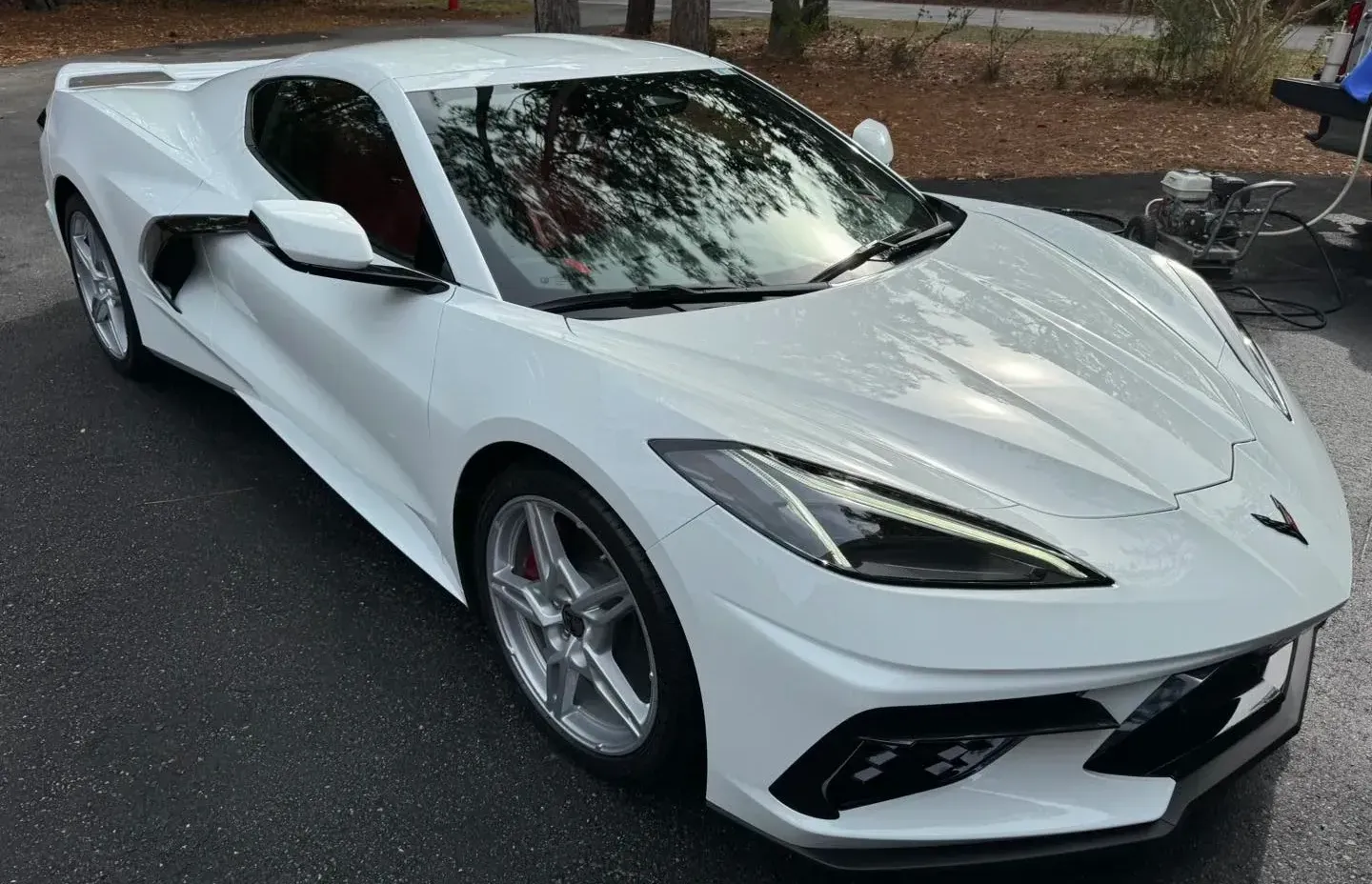
Benefits of Timing Your Application Right
Selecting the ideal moment to apply ceramic coating to your car isn't just a random decision. Timing is crucial to ensure that the coating binds effectively with your car's paint, resulting in a smooth and even finish that protects and preserves your car's appearance. You will get the following benefits when apply the ceramic coating at the right time-
Optimal Curing Conditions
The ideal time to apply ceramic coating is when the weather conditions are just right. You'll want to avoid extreme temperatures and direct sunlight—neither too hot nor too cold—since these can impact the curing process. An overcast day with minimal wind is often the best bet, as it reduces the risk of debris getting caught in the coating while allowing for even curing.
Prevention of Imperfections
By applying the coating under optimal conditions, you reduce the risk of imperfections developing in the finish. Evenly cured coatings result in a sleek, high-gloss appearance without blemishes or uneven textures.
Effective Bonding
When you apply the ceramic coating in favorable conditions, it has better adhesion to the vehicle's surface, forming a strong bond that resists wear and tear. This ensures long-lasting protection for your car's paintwork against environmental contaminants, UV rays, and other damaging elements.
Understanding the significance of timing when applying ceramic coating helps ensure a durable, flawless finish that safeguards your car's paint from degradation and maintains its aesthetic appeal for years to come.
Impact of UV Protection on Coating
UV protection provided by ceramic coatings acts as a shield against these harmful rays, safeguarding your car from the damaging effects of prolonged sun exposure. While regular car waxes and sealants offer some level of protection, ceramic coatings provide an extra layer of defense due to their durable and long-lasting nature. This ensures that your car's paintwork remains bright and vibrant for an extended period.
Understanding Oxidation
Oxidation occurs when oxygen molecules interact with other atoms or molecules, such as those found in the paint on your car. This process leads to the degradation of the paint over time, manifested as fading, loss of gloss, and ultimately, an unattractive appearance.
Ceramic coatings are engineered to create a barrier against these destructive processes. They form a protective layer that prevents the sun’s UV radiation from reaching the paint itself, which is similar to putting your car under a protective shield.
Optimal Timing for UV Protection
The impact of UV rays is particularly strong during the summer months when sunlight is more intense and prolonged exposure is common. Therefore, applying ceramic coating during spring or fall provides an ideal opportunity to shield your car from potential damage caused by UV radiation.
During these moderate seasons, the temperature and humidity work together to allow for optimal bonding of the ceramic coating to the surface of your car. The mild conditions facilitate better adhesion and curing of the coating, ensuring that it forms a strong and resilient protective layer.
By optimizing solar protection for your vehicle through well-timed application, you're ensuring lasting beauty and resilience for your car's paintwork.
Final Words
Whether you are a seasoned automotive enthusiast or someone who simply loves taking care of your vehicle, making informed decisions about ceramic coating applications is essential. At
Northern Lights Home & Auto Coatings, we understand this importance and offer expert consultation and top-notch ceramic coating services tailored according to your vehicle's specific needs. To protect your car effectively,
contact us at (912) 656-6947!

